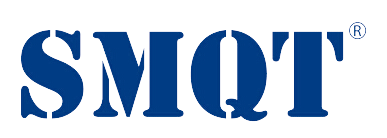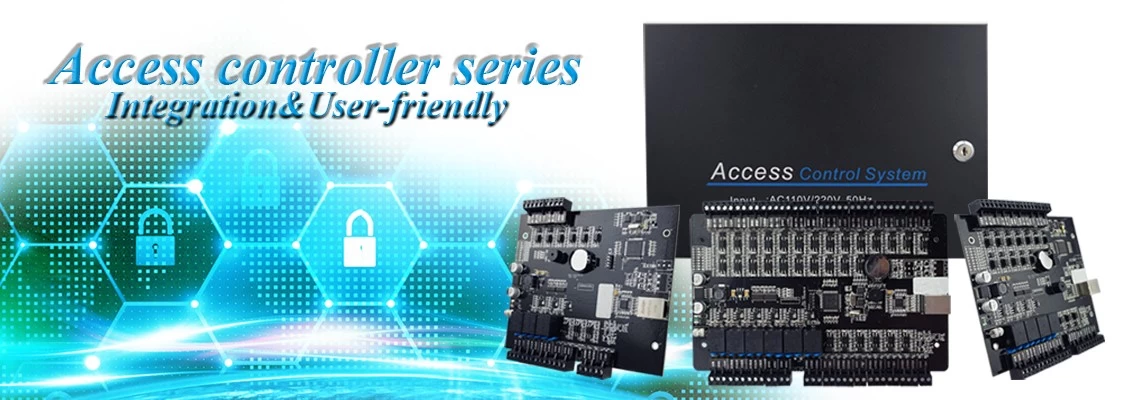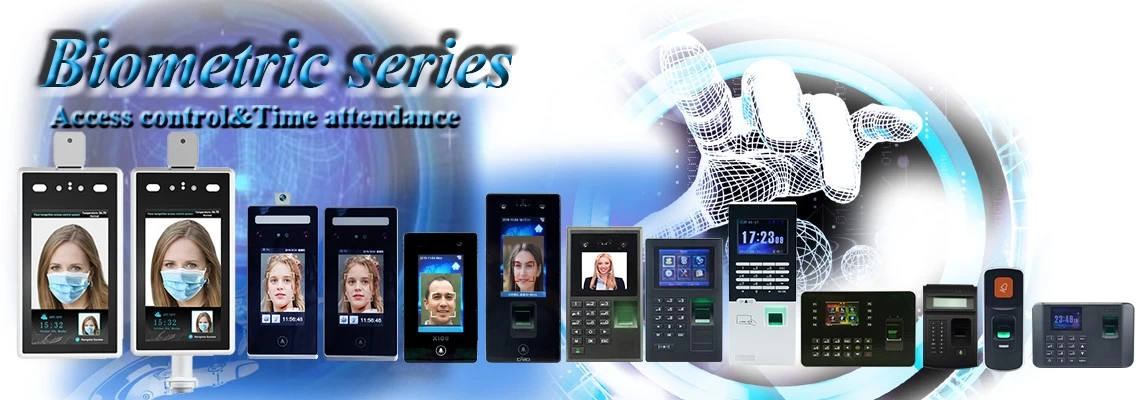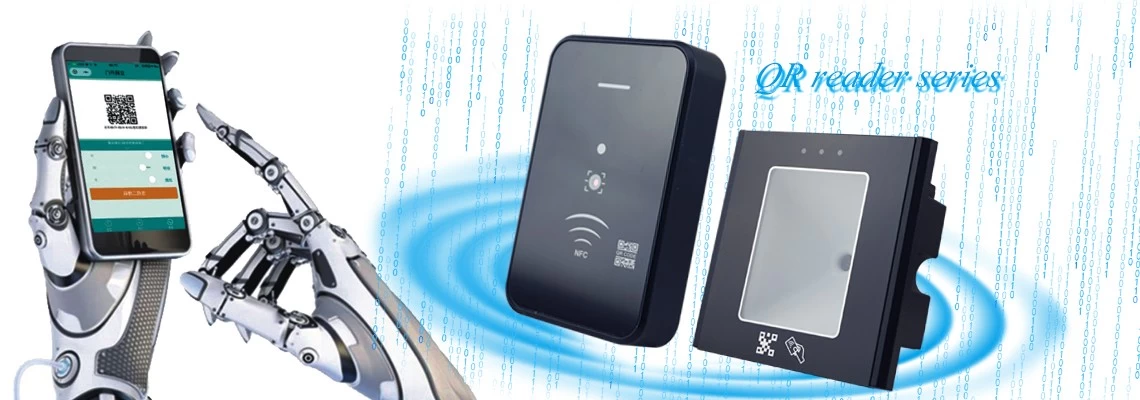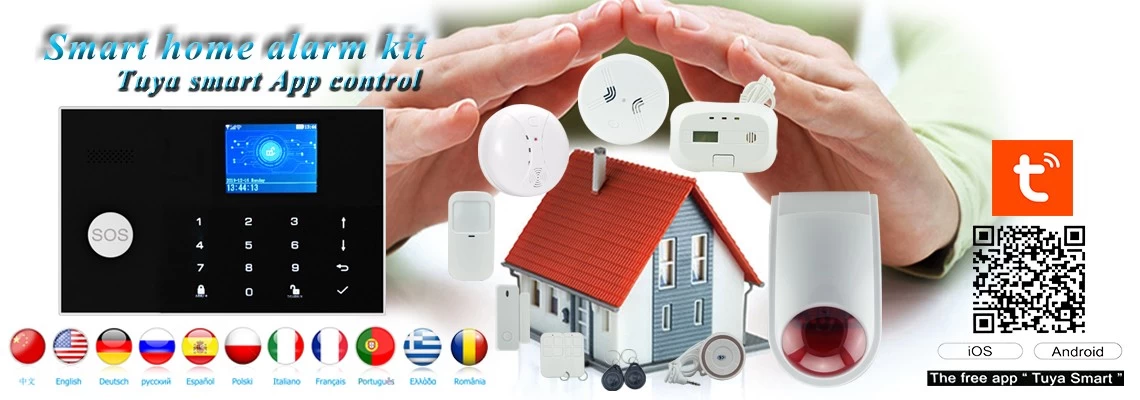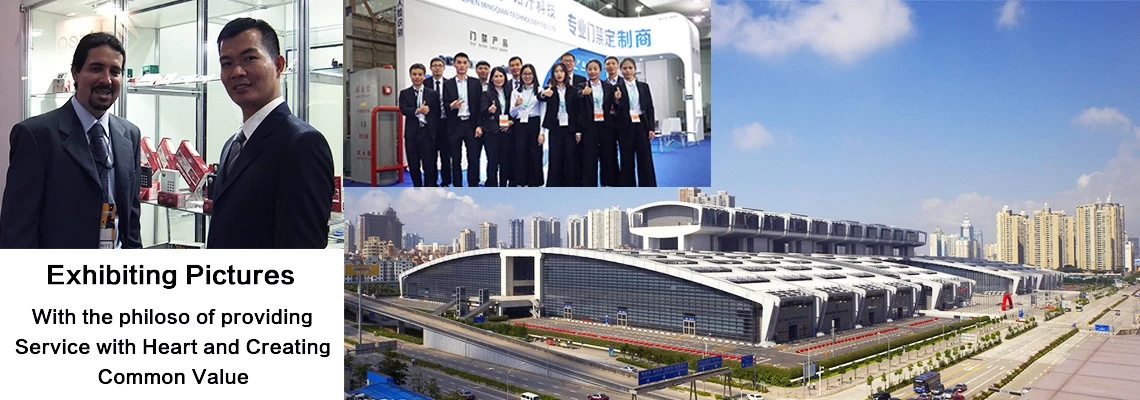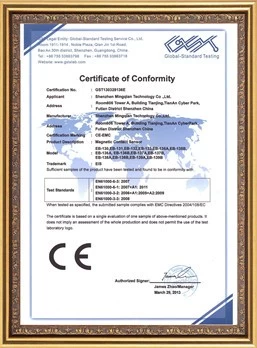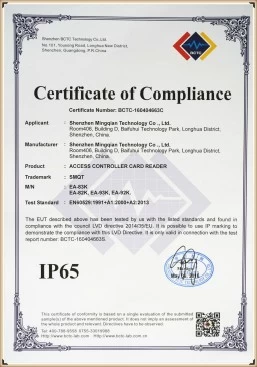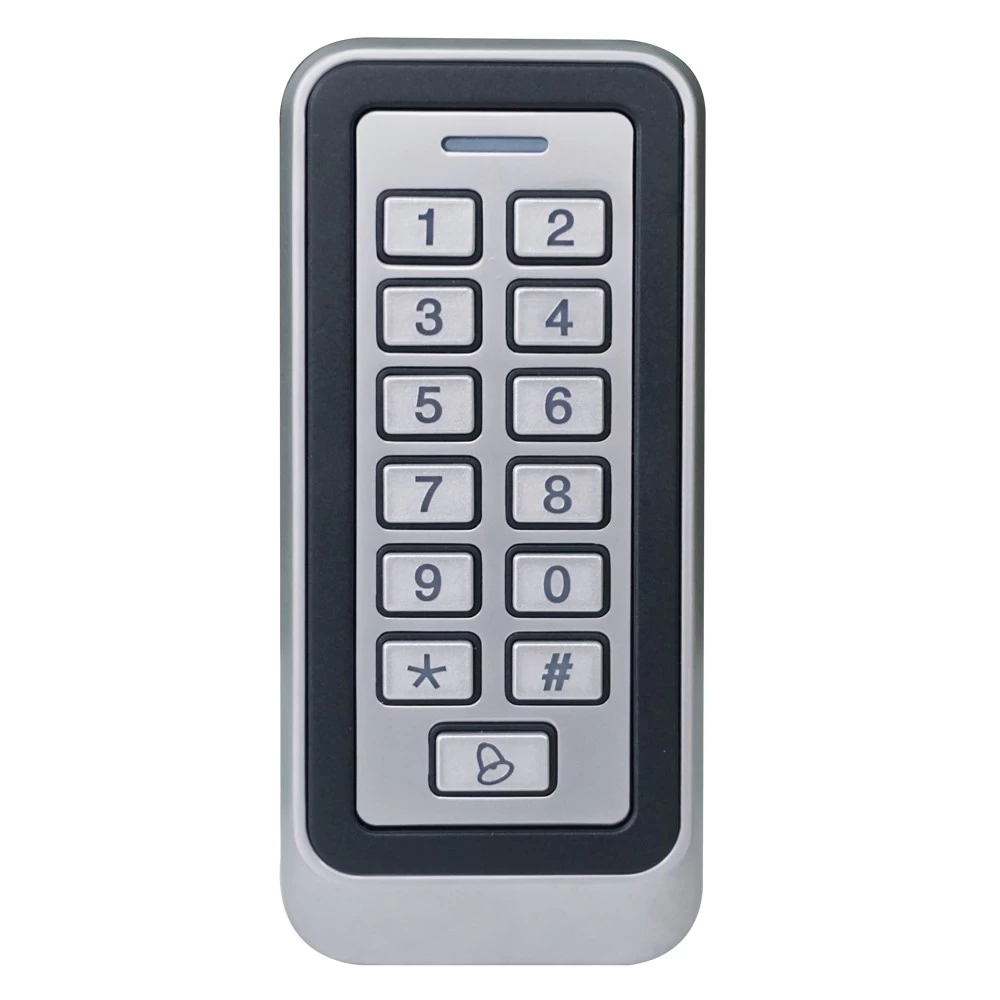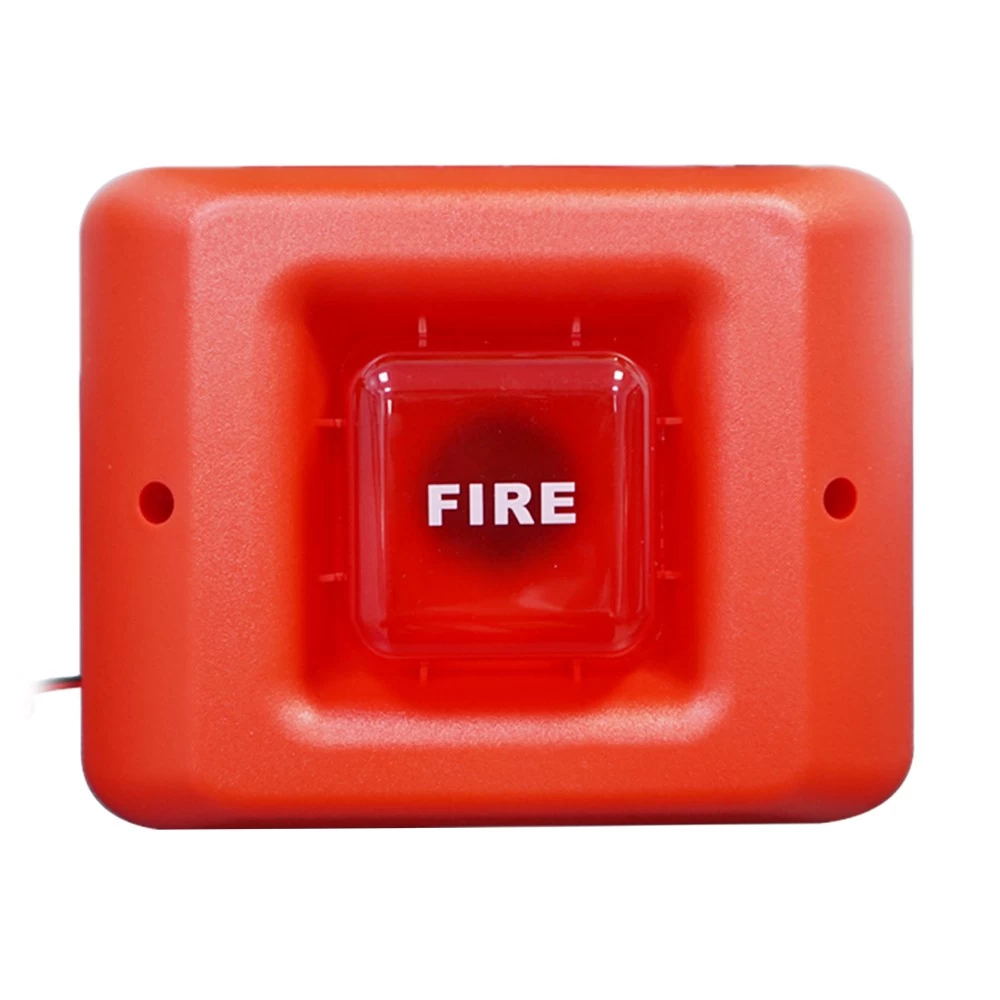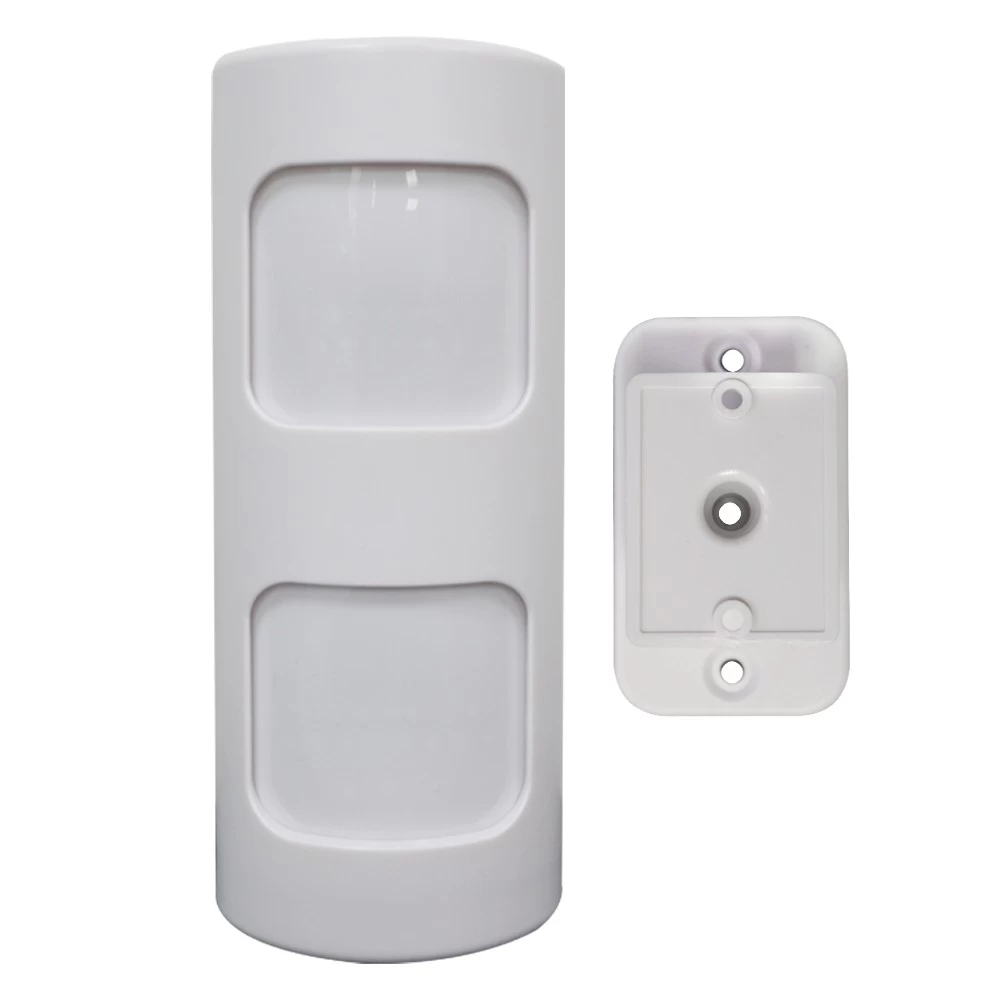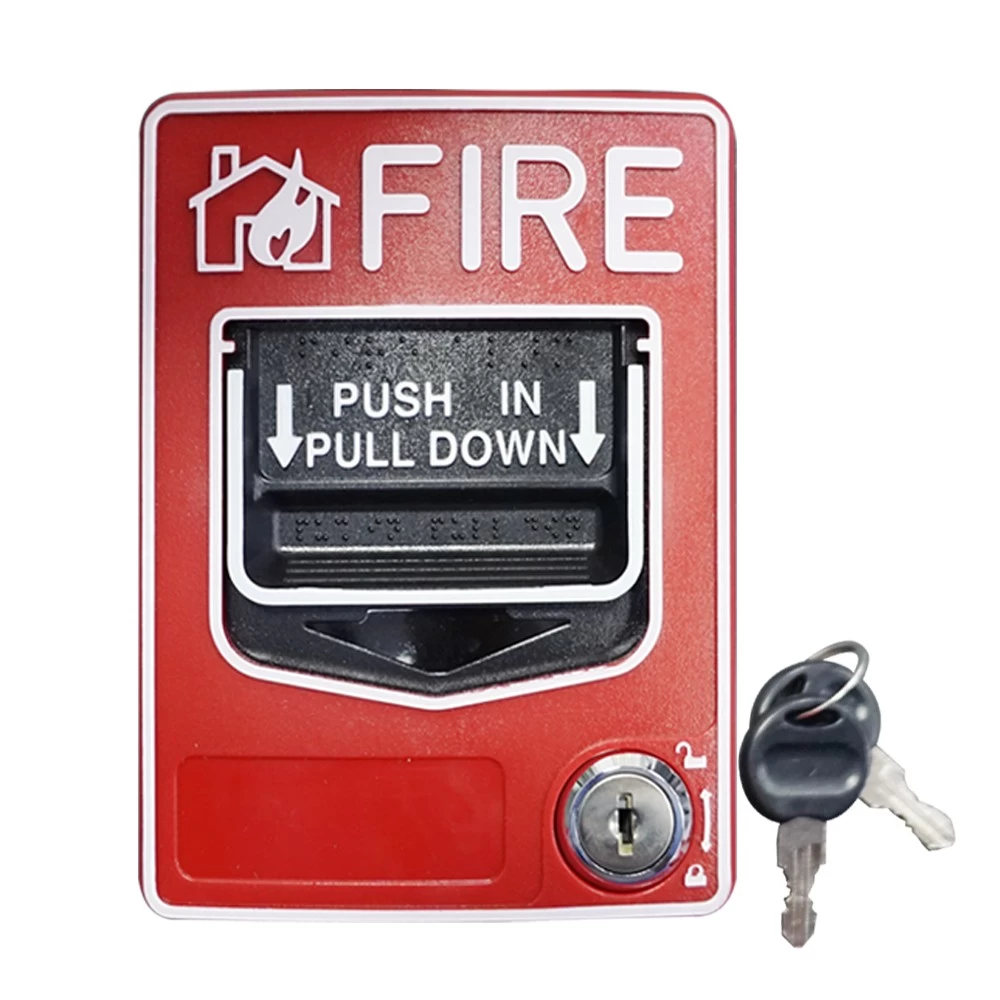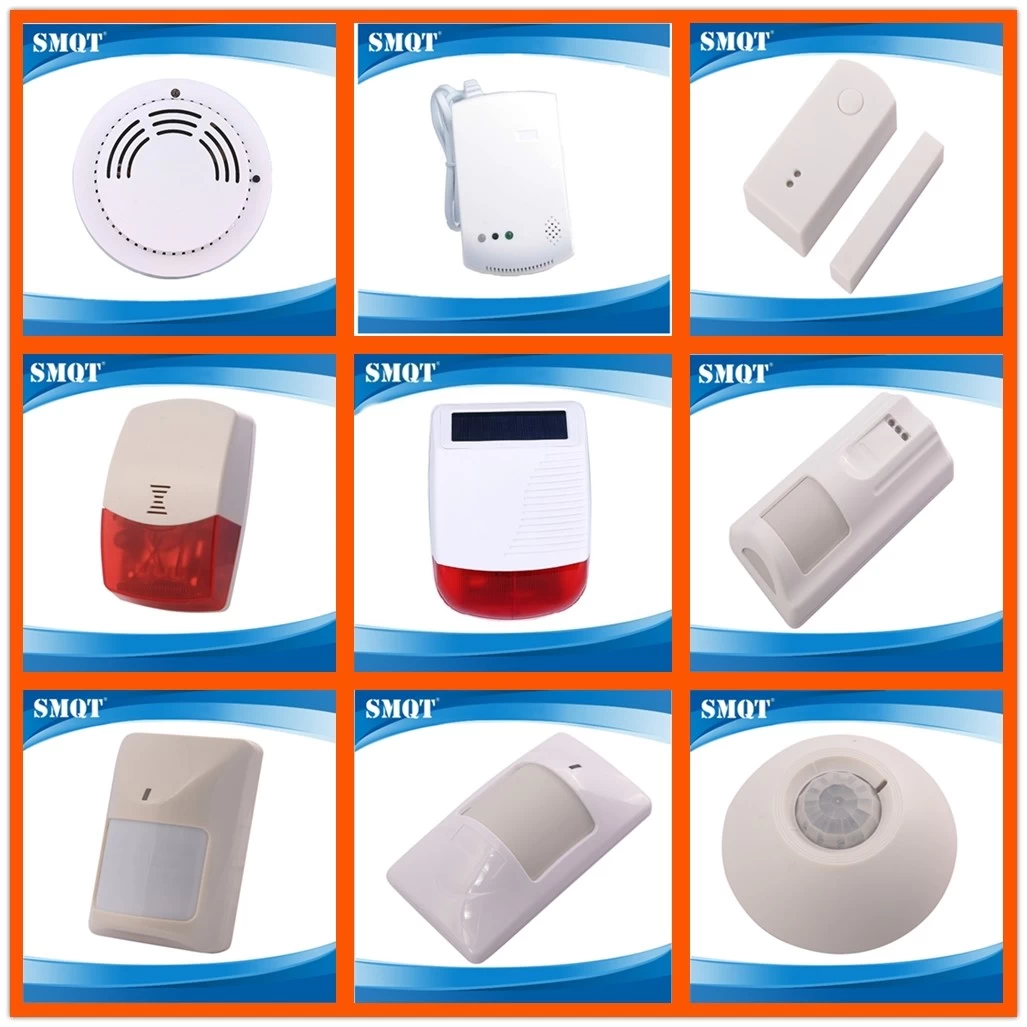Knowledge about the video monitor cable
Snoppy Huang
CPS network
2016-07-18 12:00:57
Knowledge about the video monitor cable
Summary: If the camera is installed outdoors (such as the compound entrance or parking lot), the line needs to go outside through overhead lines or cable wiring, under conditions permitting to install video arrester (since the installation of lightning protection devices can cause increase the total project cost), which are each mounted on the camera side and monitor host a video arresters and surge arresters have to be grounded for each video (outdoor cameras to hit the ground alone, the control room can be unified video arrester ground) to prevent lightning damage to the equipment.
Selection of monitoring wire
Video Cable:
From the camera to the monitoring host ≤200 meters, usually about 100 meters, you can use SYV-75-3 (ie RG59 cable) video cable or SYV-75-5 (96 series).
Cameras to monitor the host distance> 200 m <350 meters, you can use syv-75-5 (128 series) video cable.
Surveillance cameras from the host to about 500 meters, the use SYV-75-7 can be achieved basically. (Generally not used)
The distance between the camera monitoring host at 500-1000 meters, you can use optical fiber transmission.
(Note: SYV cable stands for solid polyethylene insulated RF coaxial cable, coaxial cable is a .SYV-75-5: S on behalf of the RF, Y representatives polyethylene insulation, V jacket, characteristic impedance of 75 representatives, 5 representatives Wire .A: 64 series B: 96 Code C: 128 series "Code" represents: the density of the shield, that is outside of thick copper wire).
PTZ control line
PTZ controller ≤100 meters, with RVV6 × 0.5 sheathed cable.
PTZ controller distance of> 100 m, with RVV6 × 0.75 sheathed cable.
(Note: sheathed cable Introduction: sock has RVV and BVV, v- PVC insulated, v- PVC jacket, R- soft, VV- PVC insulated power cable RVV- PVC insulated flexible cable (also called sheathed cable))
Lens control line: The RVV4 × 0.5 sheathed cable.
The decoder communication lines: should RVV2 × 1 sheathed cable.
The camera power line
If system has 20 ordinary cameras, surveillance cameras from the host to within 50 meters should be used BVV6M2.
Laying monitoring system:
1. the video cable laying Note:
If the cameras to monitor the host (image processor, matrix control console or digital video recorder) the distance is less than 200 meters available RG59 (SYV-75-3) video cable, if more than 200 meters should be used SWY-75-5 Video Cable in order to ensure the quality of surveillance images.
For the camera installed in the elevator, the elevator shaft wiring should use star iron trough and ground handling to reduce interference when the elevator motor starts the video signal caused.
If the camera is installed outdoors (such as the compound entrance or parking lot), the line needs to go outside through overhead lines or cable wiring, under conditions permitting to install video arrester (since the installation of lightning protection devices can cause total project increase in cost), which are each mounted on the camera side and monitor host a video arresters and surge arresters have to be grounded for each video (outdoor cameras to hit the ground alone, the control room can be unified video arrester ground) to prevent lightning damage to equipment.
2. the control line laying Note:
In the analog control system, if installed with PTZ camera zoom lens, and using PTZ camera controller to control, control line selection should be determined according to the distance between the camera and PTZ controller. When the distance is less than 100 meters, PTZ control lines can be RVV6 × 0.5 sheathed cable; when the distance is more than 100 meters, PTZ control line should RVV6 × 0.75 sheathed cable, camera control lines are used RVV4 × 0.5 Support sets of lines. If the analog control system by host matrix control PTZ and lens control, generally need to use a decoder, a control circuit used in laying refer to the technical requirements of the host matrix control.
In the digital surveillance system, if installed with PTZ camera zoom lens, you need a decoder and PTZ camera control. The decoder is usually installed next to the camera, video recorder and digital decoder with RS485 bus communication. RVVP2 × 1 wiring should be shielded twisted pair lead from the first digital video recorder to the nearest decoder 1, and then lead to decoding by the decoder 2 ...... now 16 digital video recorders up to 16 sets of decoders, and the total length of the RS485 communication cable up to 1200 meters.
The decoder has two power supply AC24V AC 220V and types, if the choice of AC 24V decoders are generally powered by the AC 24V transformer unity. Of particular note is that, due to the DC 12V power output of the decoder some interference, the image will cause the camera to supply a certain influence, and therefore need to harmonize the camera (12V) power supply.
3. the camera power line laying Note:
DC 12V power supply available in the market using ordinary cameras operating current is about 200 ~ 300mA, integrated camera is 350 ~ 400mA. If a small number of cameras (less than 5) and the camera and monitor host short distance (less than 50 m), each camera can be individually cloth RVV2 × 0.5 power cord and power supply to the control room with a small transformer. If large number of cameras should be used high-power 12V DC power supply centralized power supply.
In the design and construction process, taking into account the total power of all the cameras and the transmission line caused a voltage drop (commonly known as "line loss" copper wire specifications for 1m2 per 100m of resistance is 1.8Ω). For monitoring a building, the construction of ships with two double plastic copper core line 2.5 ~ 6m2 cited as the main power supply line from the control room to the well, and go along well each camera to the floor where the line well. For each camera powered floor, this layer may well lead a line RVV2 × 1 or RVV2 × 1.5 (if the number of cameras in the layer exceeds six) power cord to power the camera, or RVV2 × 0.5 sheathed cable correspondence powered by.
Monitoring common cable type and differences
Video cable, RF cable, shielded and unshielded signal lines, control lines, etc., various models, entering the monk often confused, here are a few commonly used to distinguish between models: RVV and KVV, RVVP and KVVP difference: RVV and RVVP which uses multi-strand wire is composed of thin copper wire cord that RV lines. Line using the KVV and KVVP inside single-stranded copper wire consisting of coarse hard line, that BV lines. AVVR and RVVP difference: the same thing, but less than 0.75 mm2 cross-section internal name for AVVR, greater than or equal to 0.75 mm2 name RVVP.
Identification of good and bad
The quality of the cable identification, detection is a real need for specialized equipment and instruments. These apparatus and equipment design and engineering unit is not available. Engineering practice, how to identify it good or bad video cable:
1. PVC jacket: Surface compaction can see inside netting regular "irregularities" described process, and will not produce sliding, good cable. The appearance of smooth, do not see the pressing netting of "irregularities", Yong Shounie jacket had loose movement, is the difference between the cable;
2. Check the shield braid: Program number is enough copper netting, check weldability, tinned copper scraping to see which is not copper, aluminum-magnesium alloy hardness significantly greater than copper; netting sparse? uneven distribution, the insulating layer is not wrapped tight like are poor cable;
3. Check the wire: Diameter --SYV cables 0.78-0.8mm, SYWV cables 1.0mm; SYV75-5 recently there has been a core diameter is 1.0mm cable characteristic impedance of this cable, certainly not 75 ohm, does not apply to 75-ohm transmission system;
4.check the wire and the insulating layer stick together: oblique cut insulation, according to the release direction to pull the core wire, the core wire and the insulating layer to see there is no stick together Craft Materials; the cable has a larger stick together, poor cable is not stick together;
5. longitudinal tensile test: Take a meter cable, layered stripped wire, insulation, shielding layer, the outer door sets, each 10 cm long stay. The method is: two hands holding two adjacent cables, pull in the opposite direction; the cable pull force generally does not move, does not charge cable vigorously difference can easily pull out - that an elevator cable is very important, many so-called "Elevator cable" there are problems in this regard.
Video cable, RF cable, shielded and unshielded signal lines, control lines, etc., various models, entering the monk often confused, here are a few commonly used to distinguish between models: RVV and KVV, RVVP and KVVP difference: RVV and RVVP which uses multi-strand wire is composed of thin copper wire cord that RV lines. Line using the KVV and KVVP inside single-stranded copper wire consisting of coarse hard line, that BV lines. AVVR and RVVP difference: the same thing, but less than 0.75 mm2 cross-section internal name for AVVR, greater than or equal to 0.75 mm2 name RVVP.
Identification of good and bad
The quality of the cable identification, detection is a real need for specialized equipment and instruments. These apparatus and equipment design and engineering unit is not available. Engineering practice, how to identify it good or bad video cable:
1. PVC jacket: Surface compaction can see inside netting regular "irregularities" described process, and will not produce sliding, good cable. The appearance of smooth, do not see the pressing netting of "irregularities", Yong Shounie jacket had loose movement, is the difference between the cable;
2. Check the shield braid: Program number is enough copper netting, check weldability, tinned copper scraping to see which is not copper, aluminum-magnesium alloy hardness significantly greater than copper; netting sparse? uneven distribution, the insulating layer is not wrapped tight like are poor cable;
3. Check the wire: Diameter --SYV cables 0.78-0.8mm, SYWV cables 1.0mm; SYV75-5 recently there has been a core diameter is 1.0mm cable characteristic impedance of this cable, certainly not 75 ohm, does not apply to 75-ohm transmission system;
4.check the wire and the insulating layer stick together: oblique cut insulation, according to the release direction to pull the core wire, the core wire and the insulating layer to see there is no stick together Craft Materials; the cable has a larger stick together, poor cable is not stick together;
5. longitudinal tensile test: Take a meter cable, layered stripped wire, insulation, shielding layer, the outer door sets, each 10 cm long stay. The method is: two hands holding two adjacent cables, pull in the opposite direction; the cable pull force generally does not move, does not charge cable vigorously difference can easily pull out - that an elevator cable is very important, many so-called "Elevator cable" there are problems in this regard.
